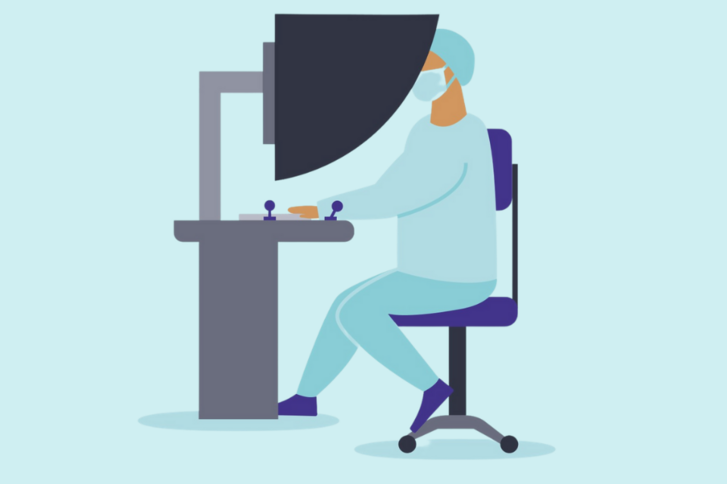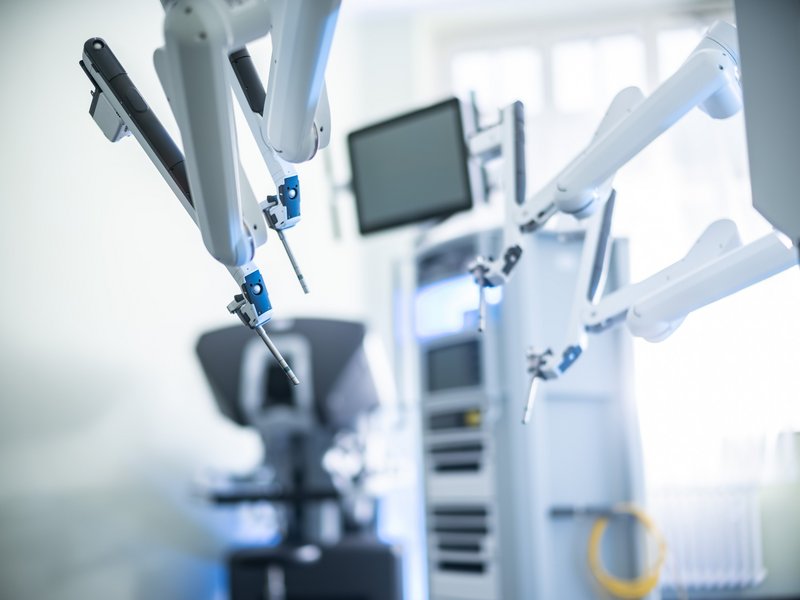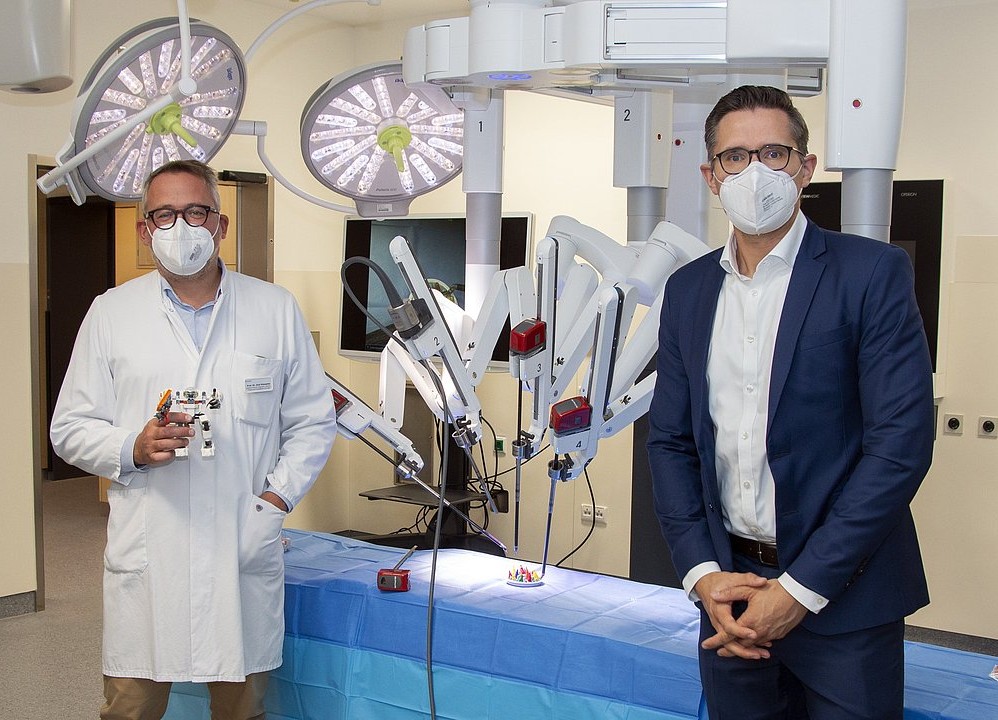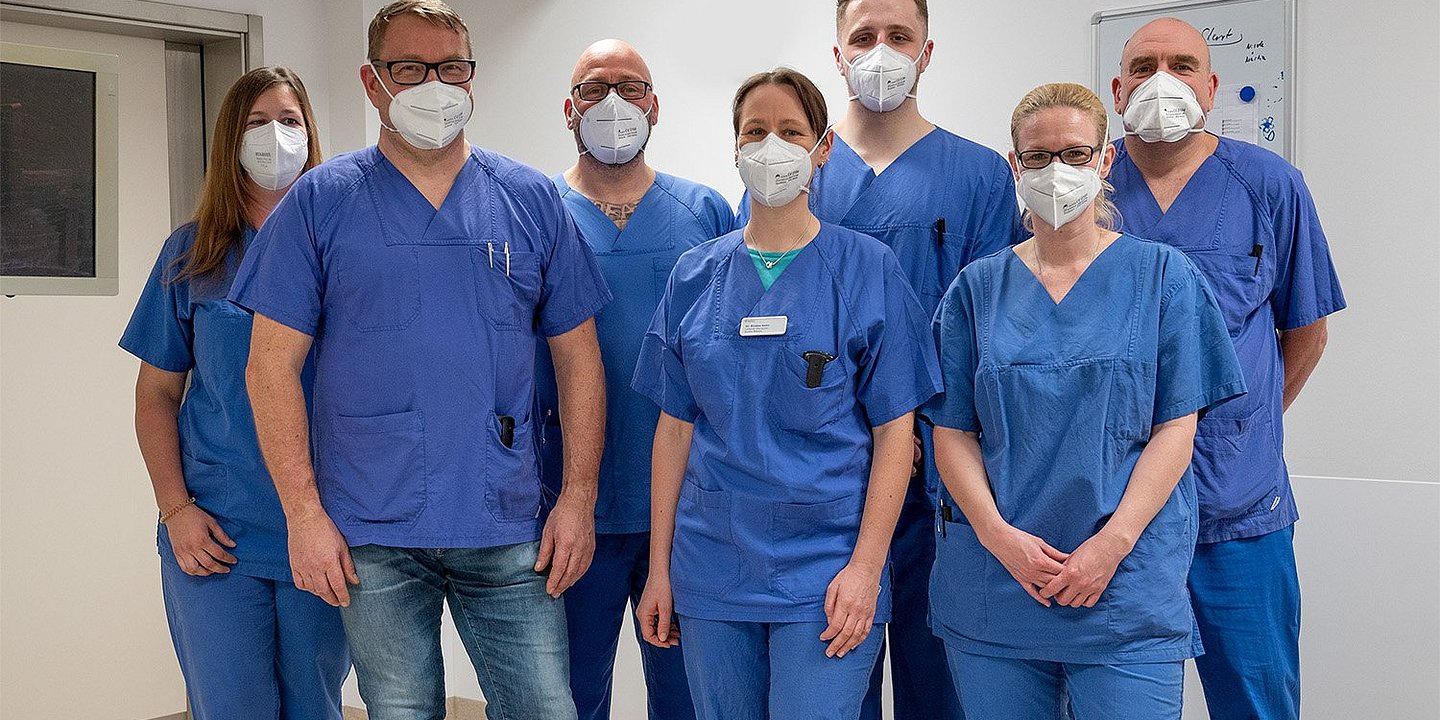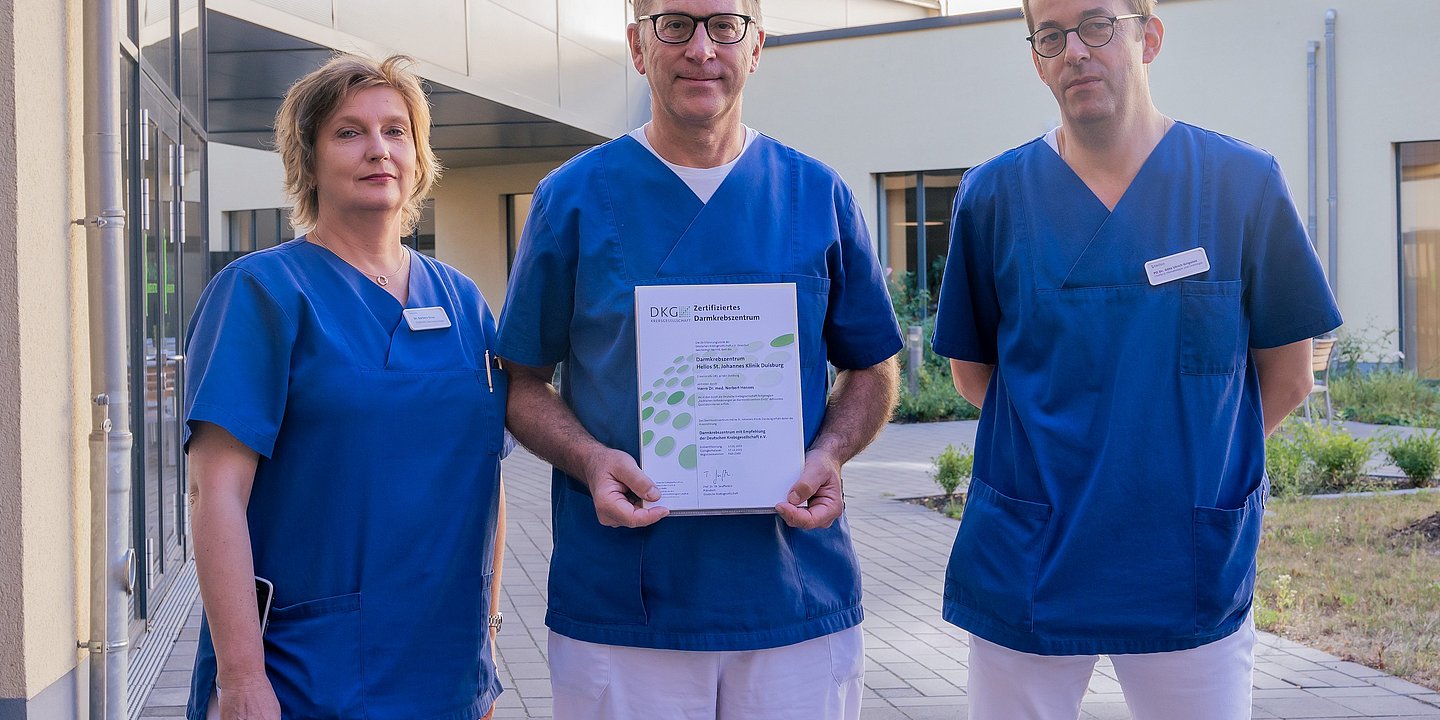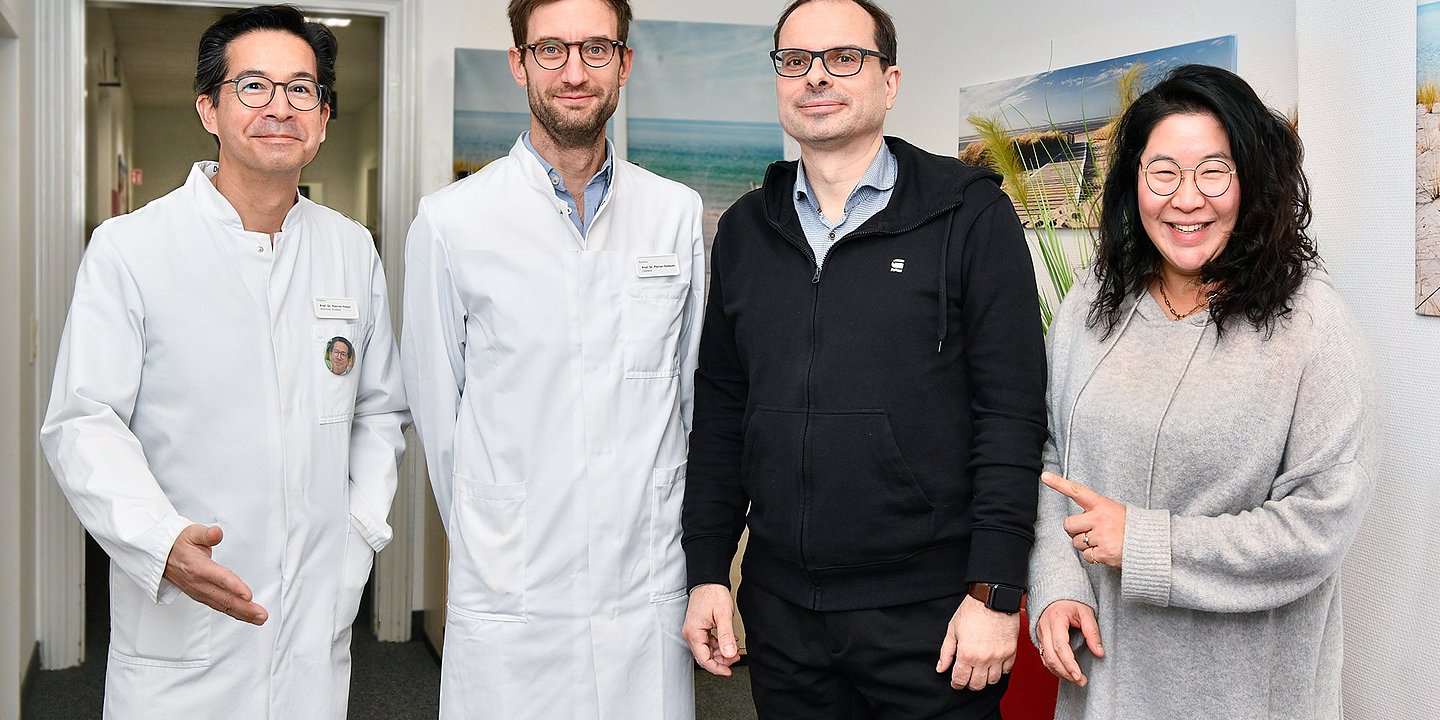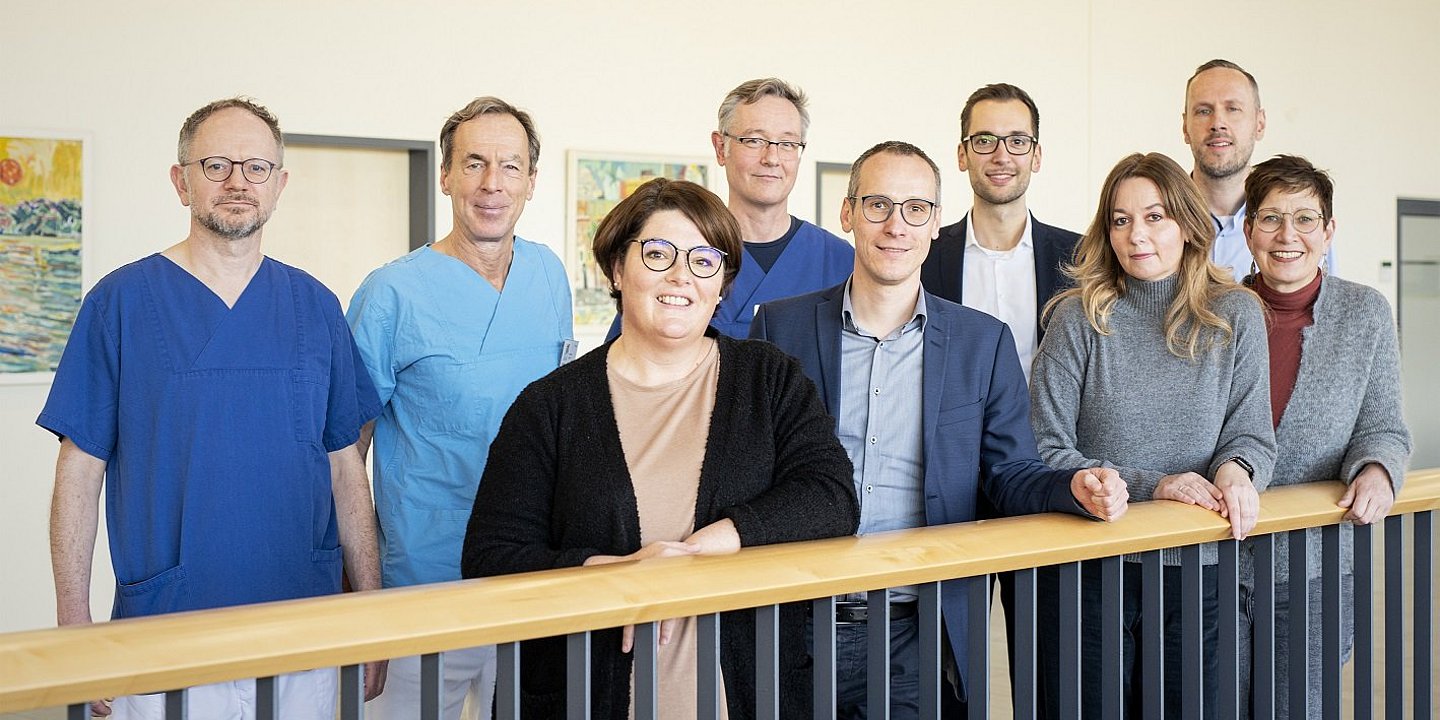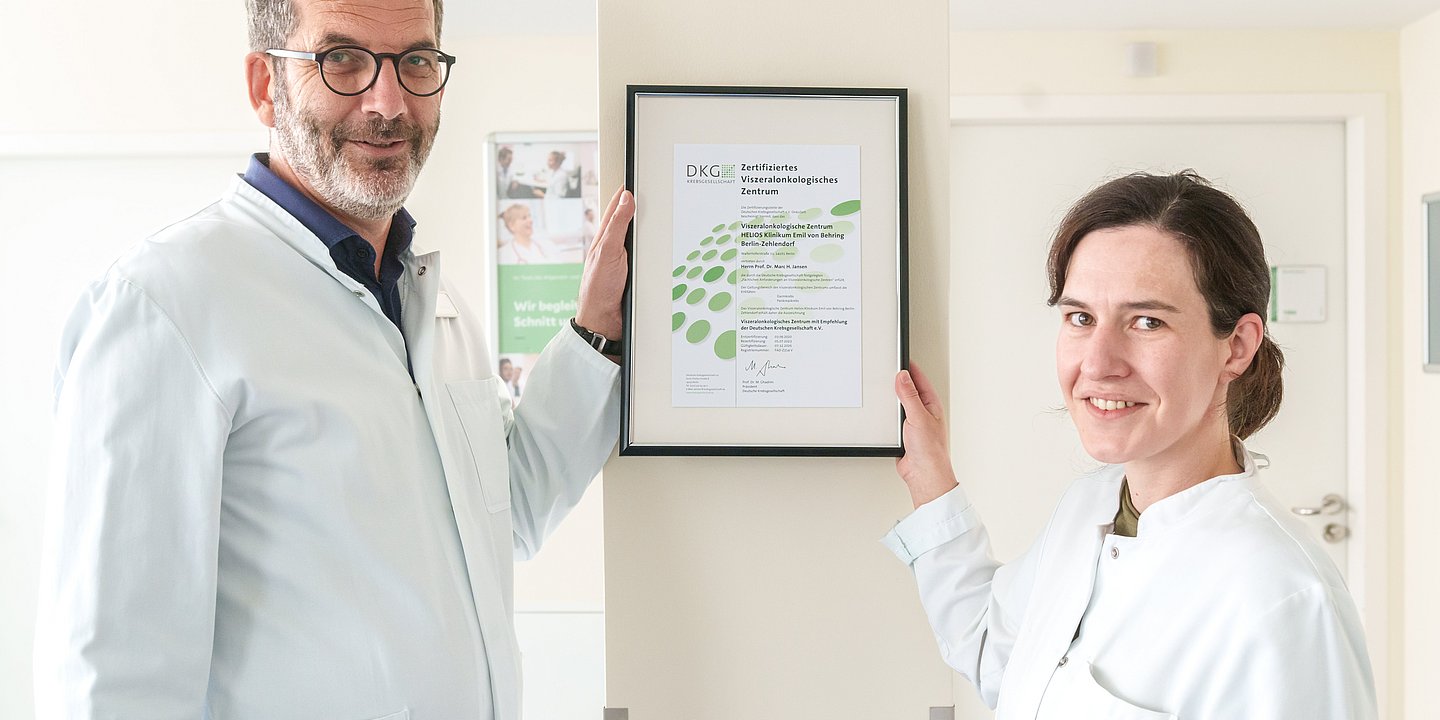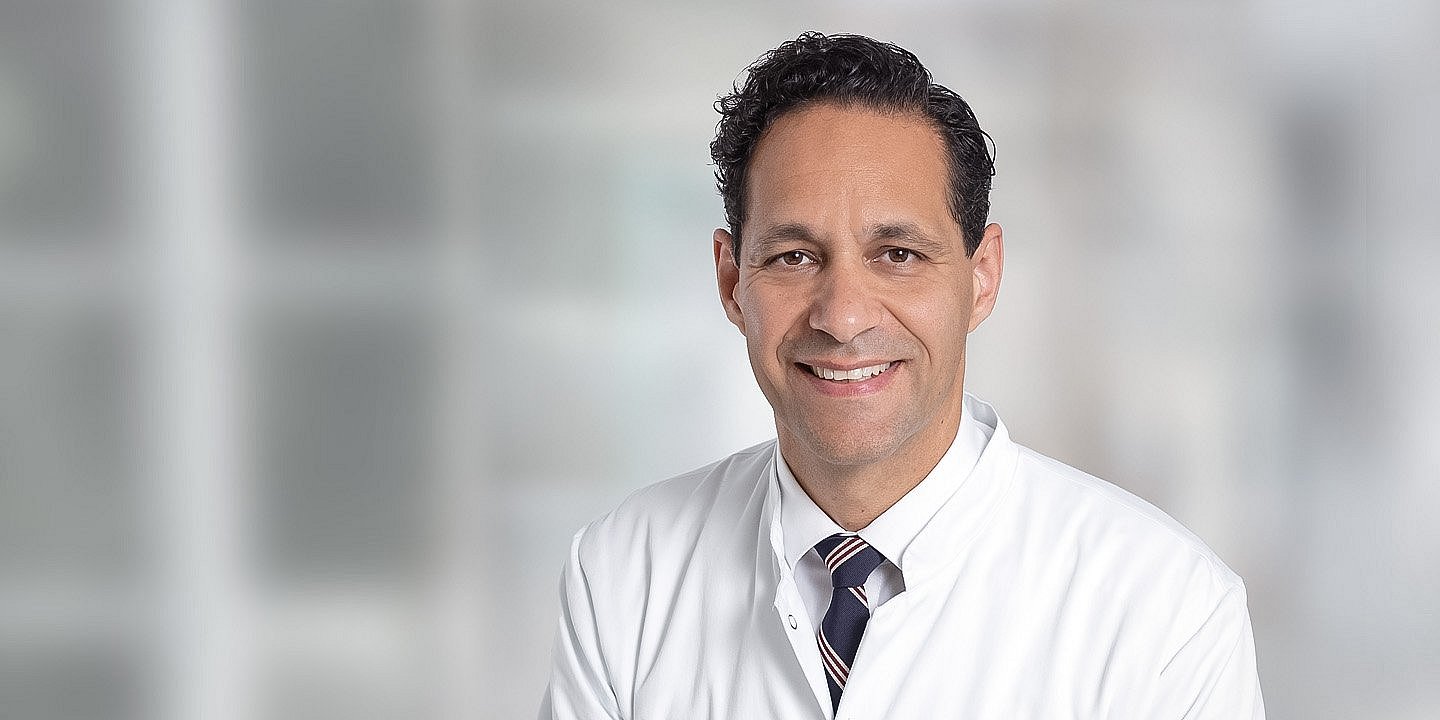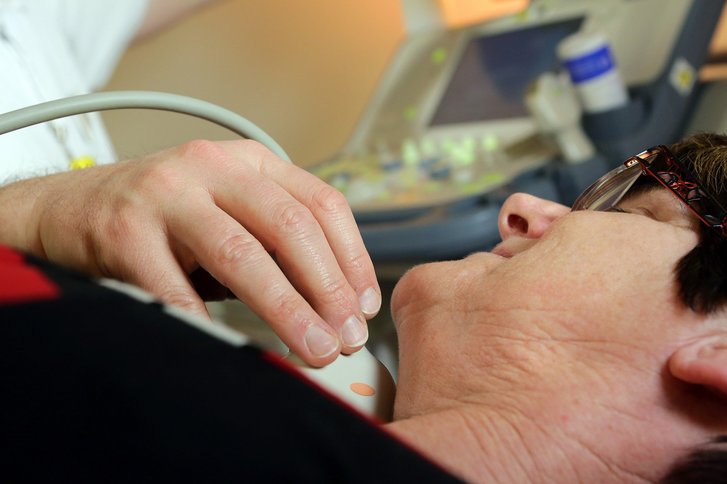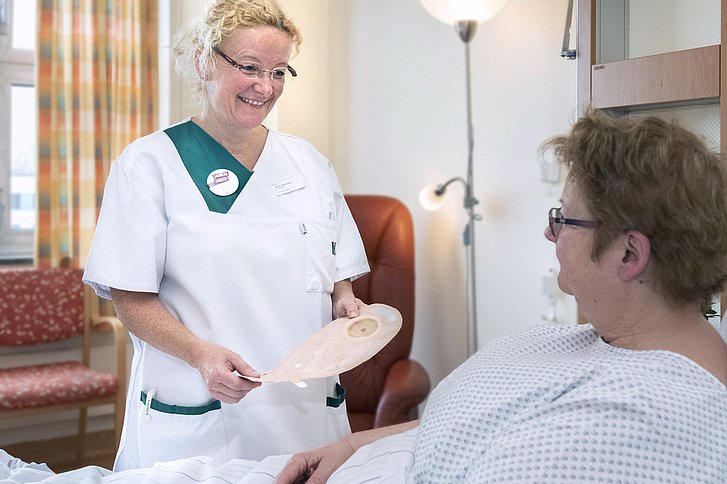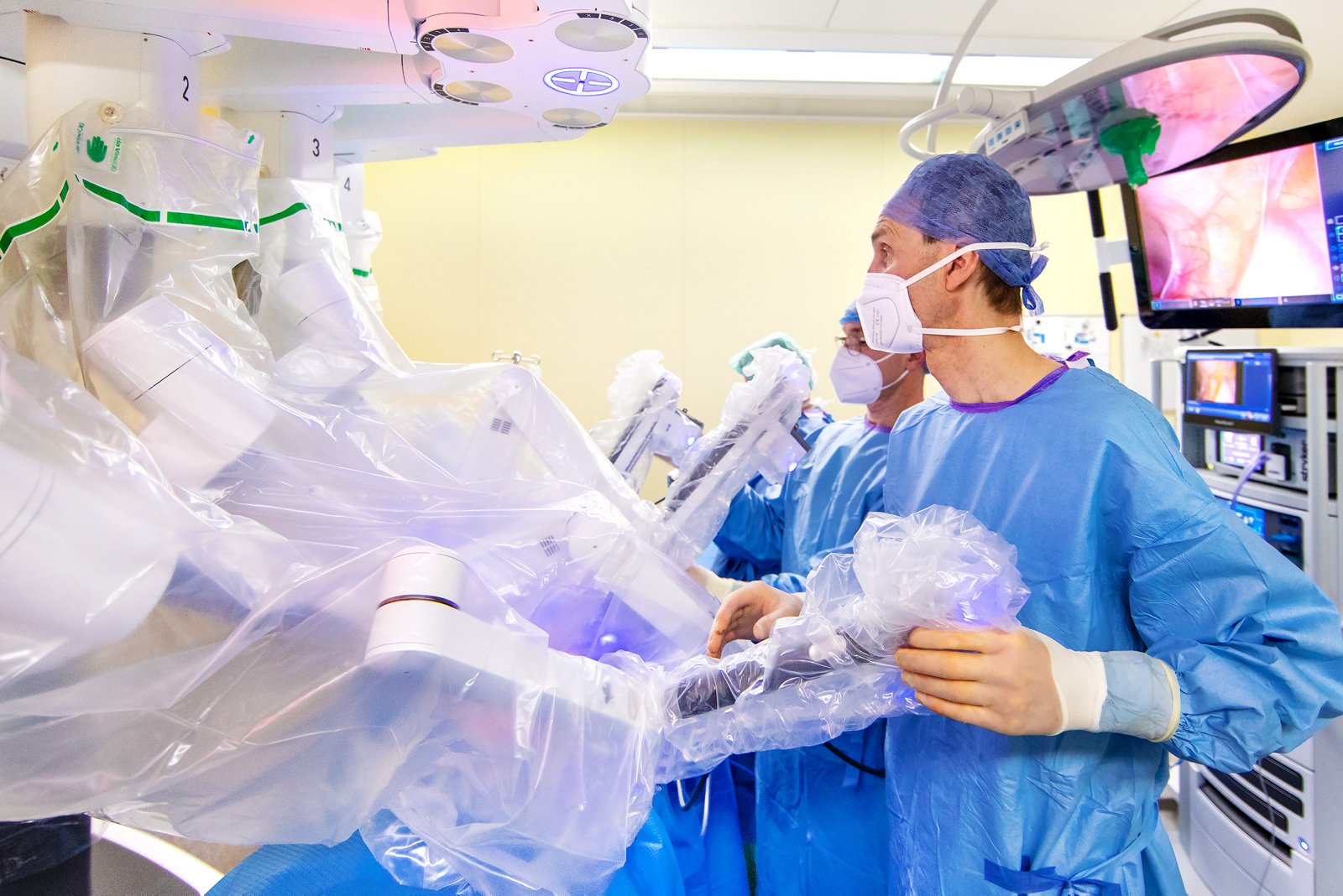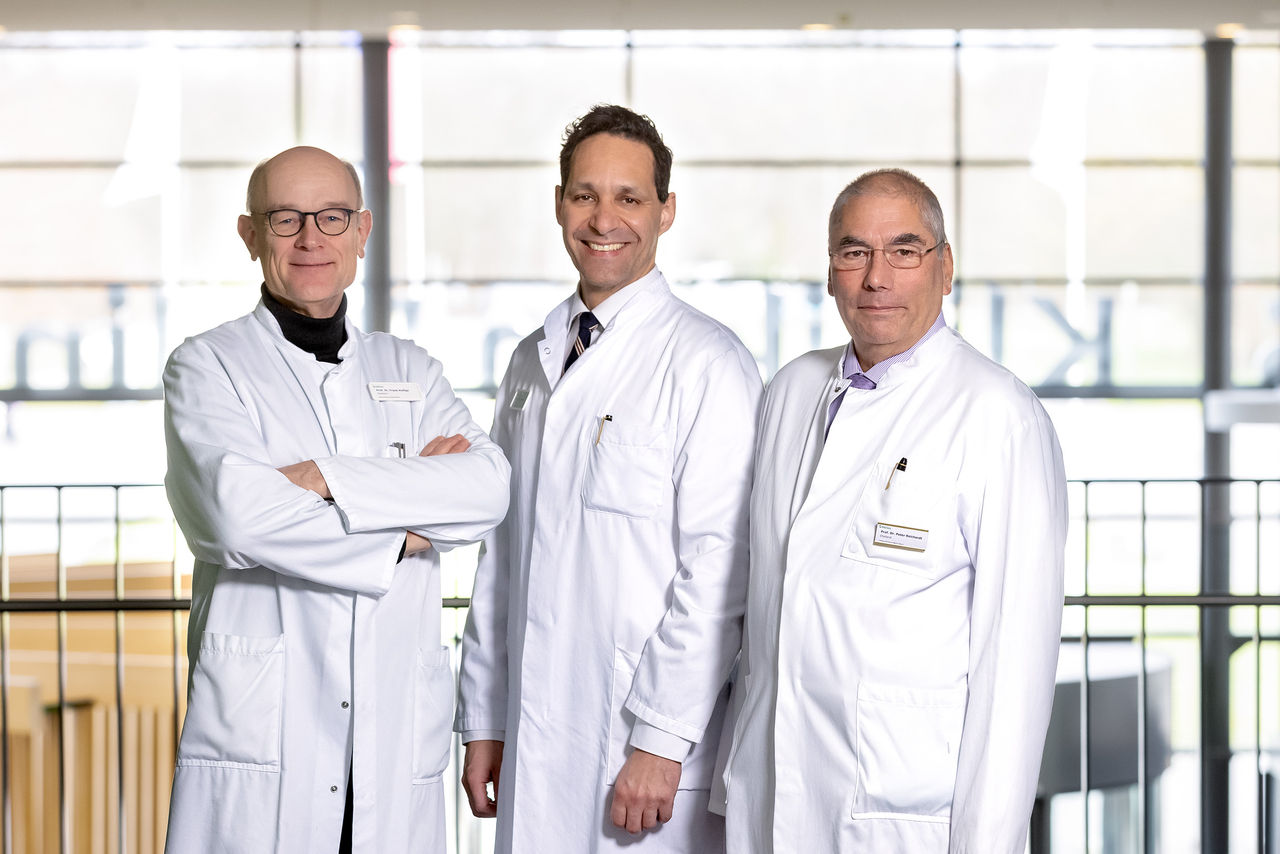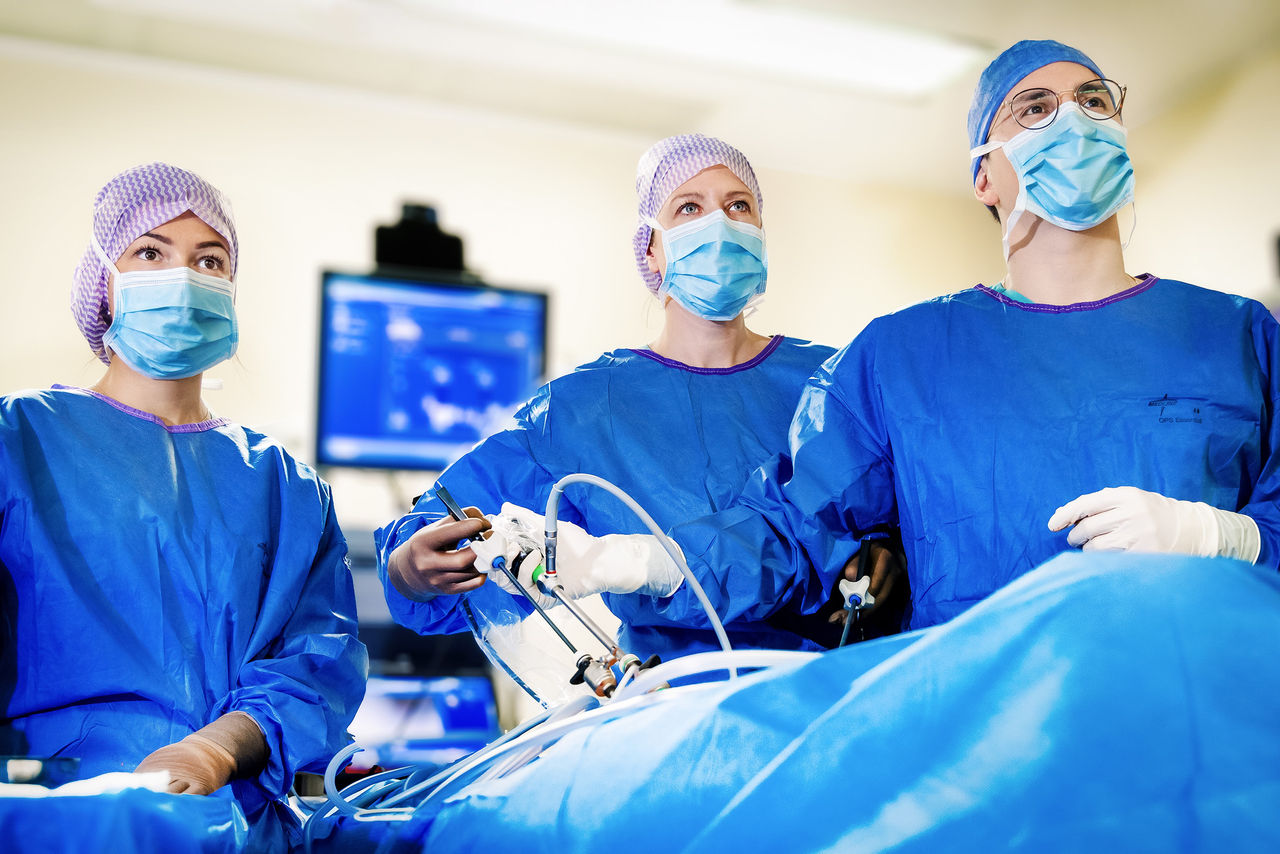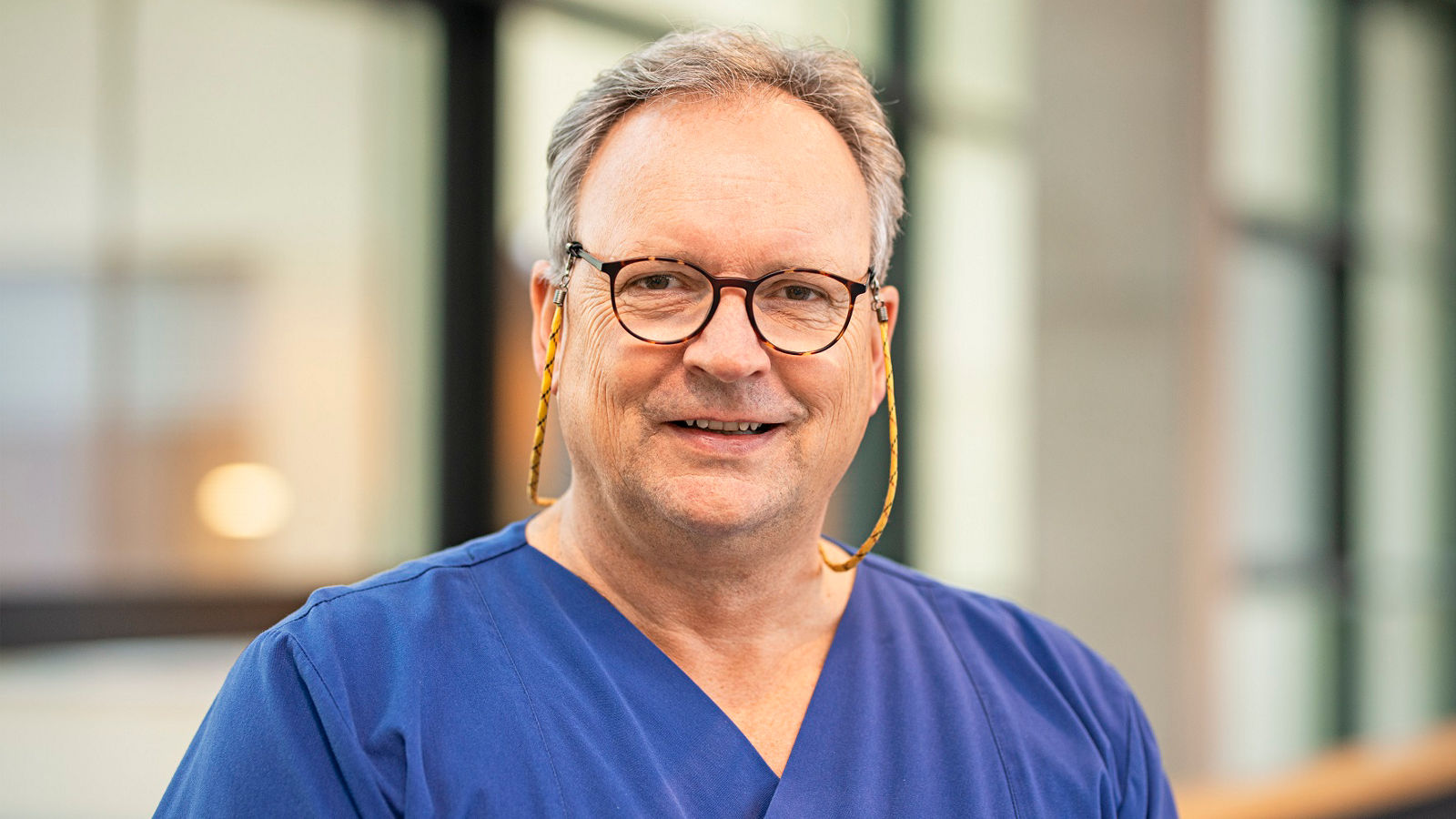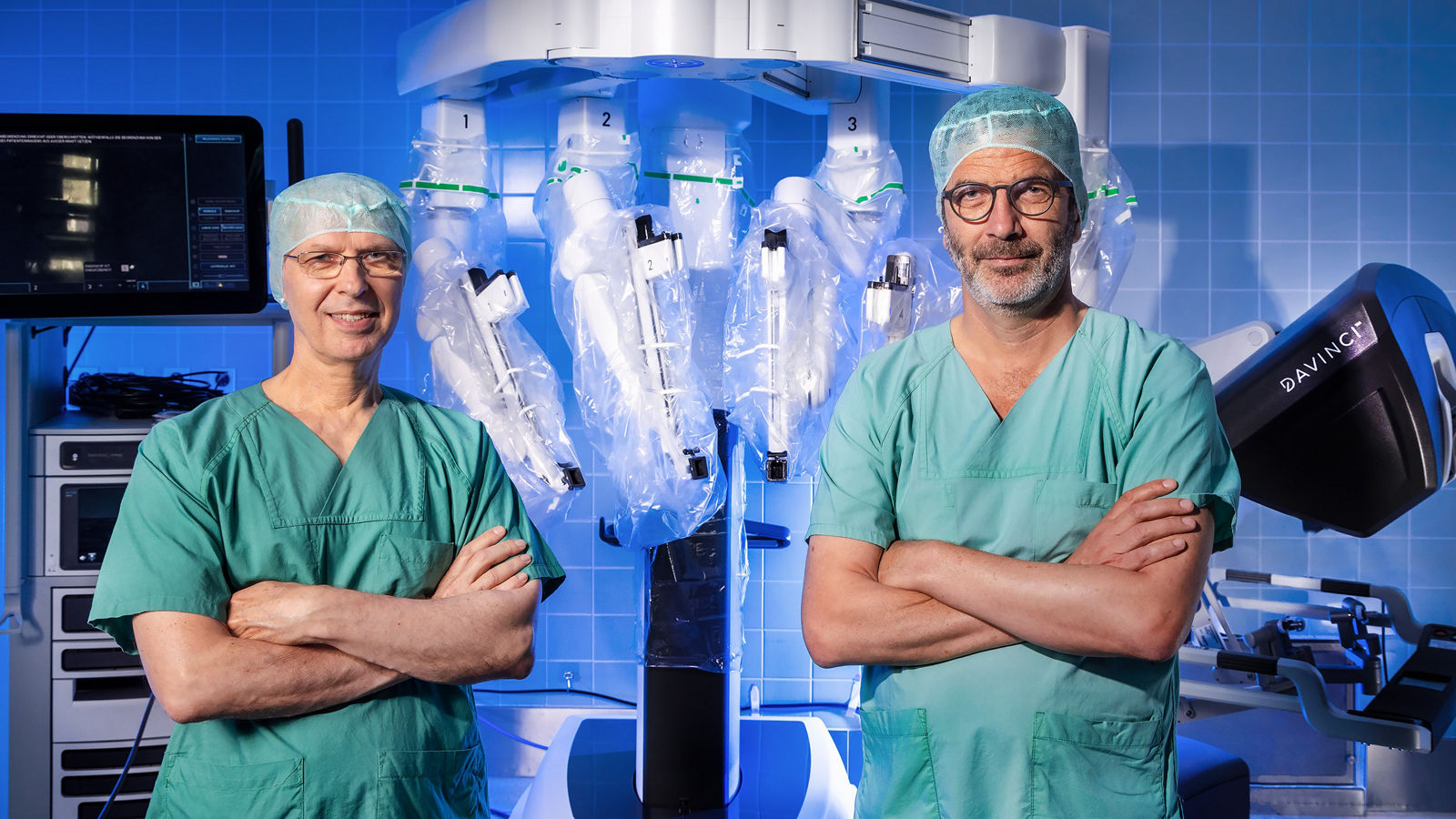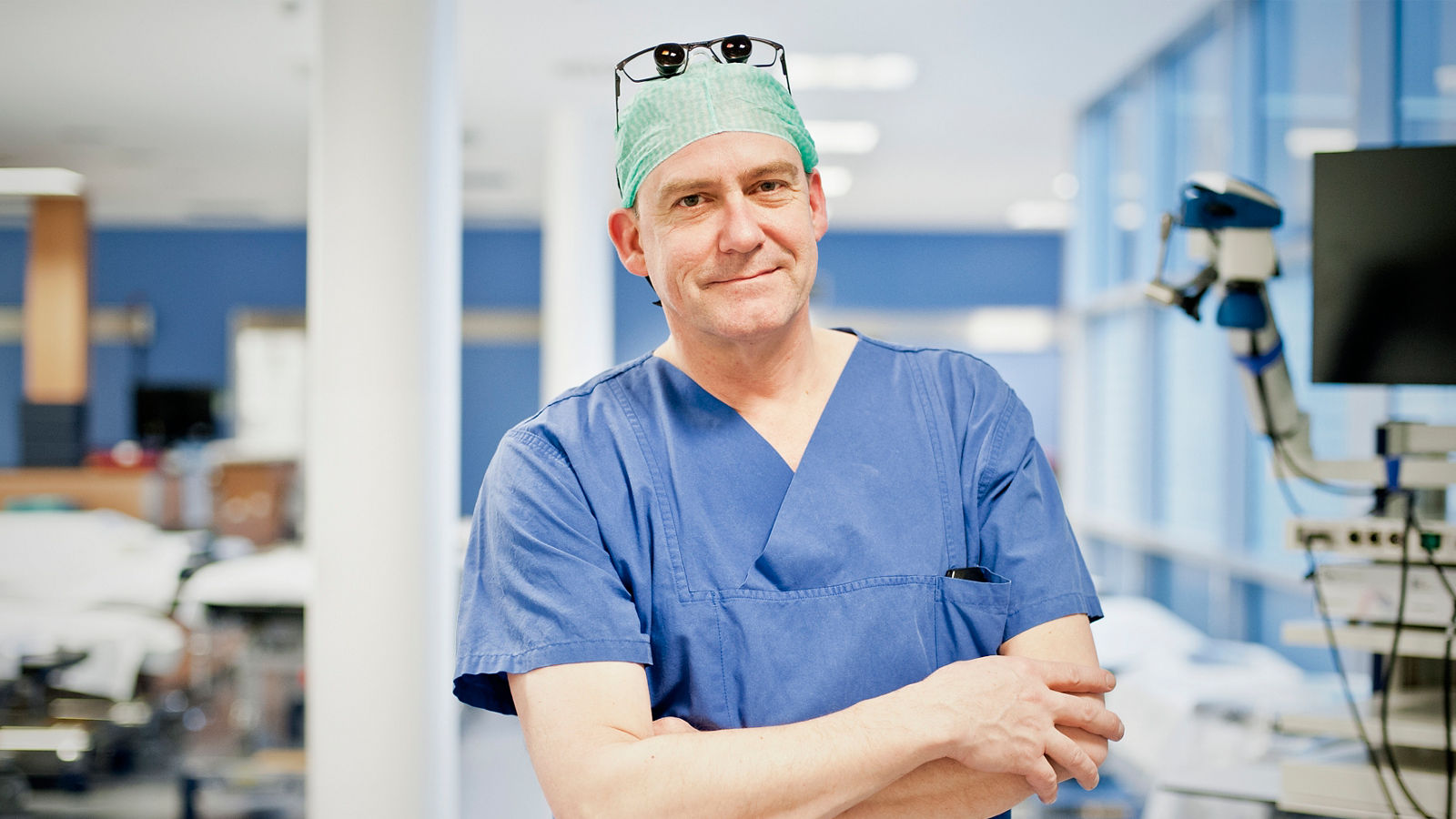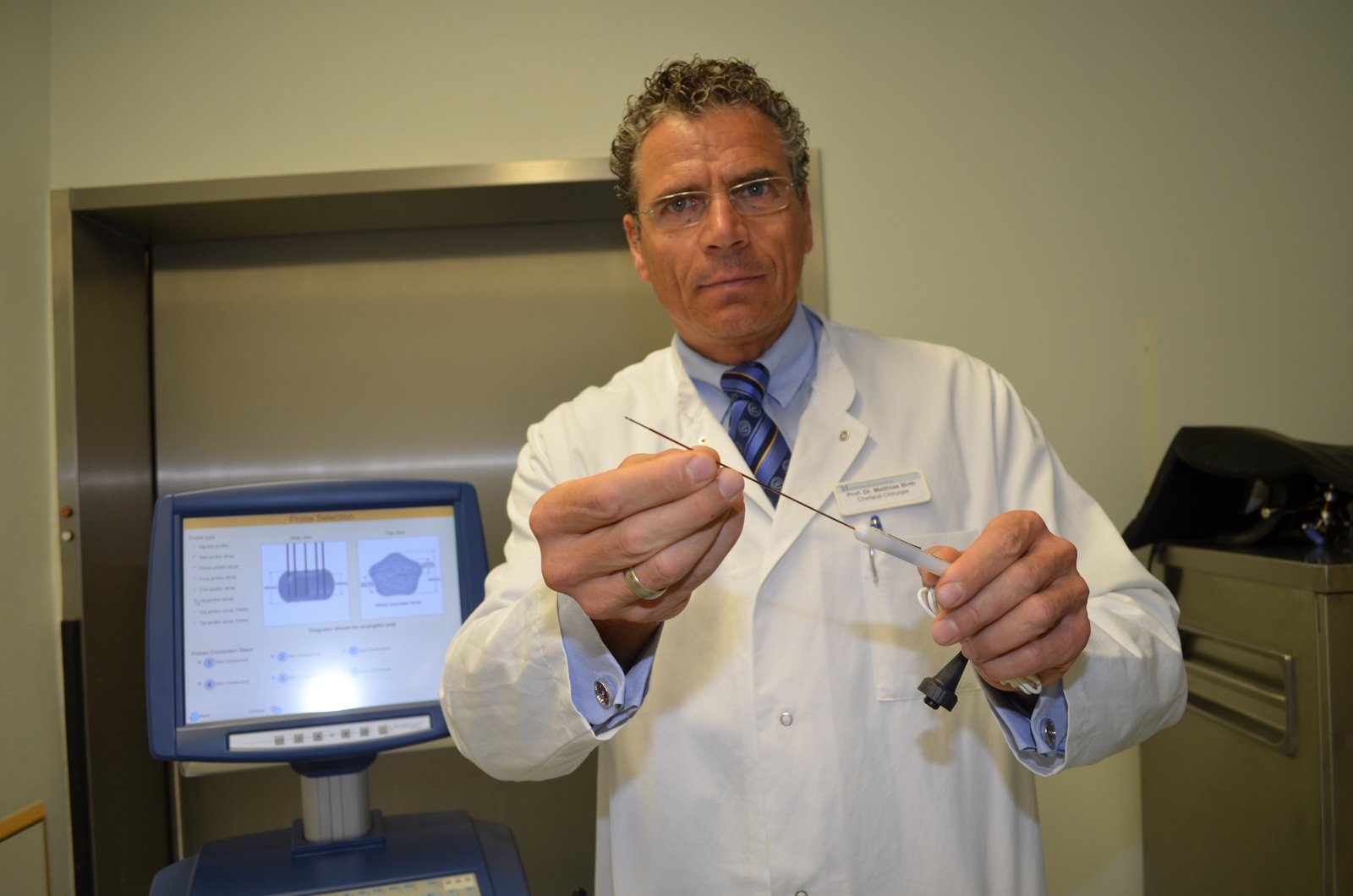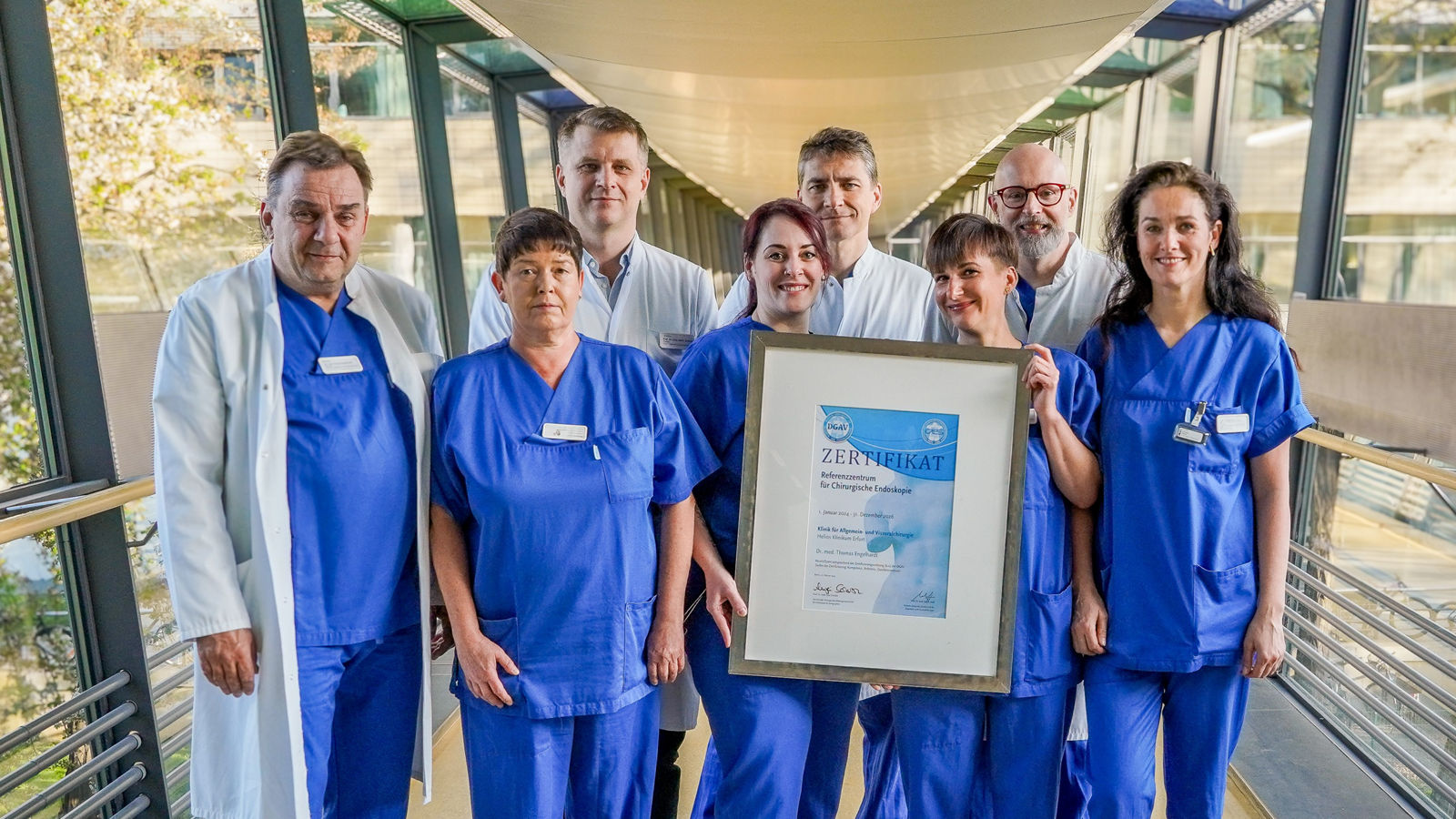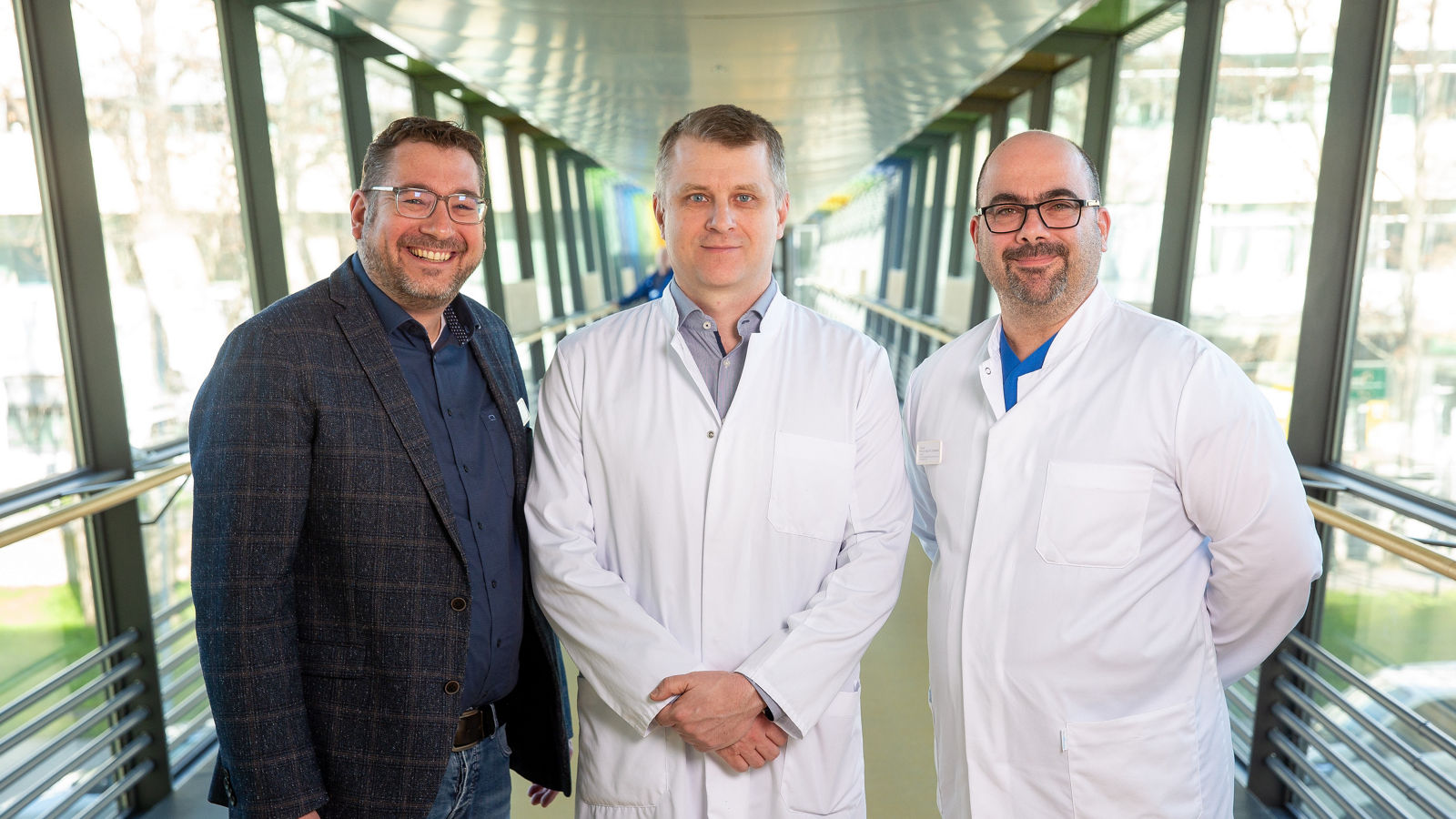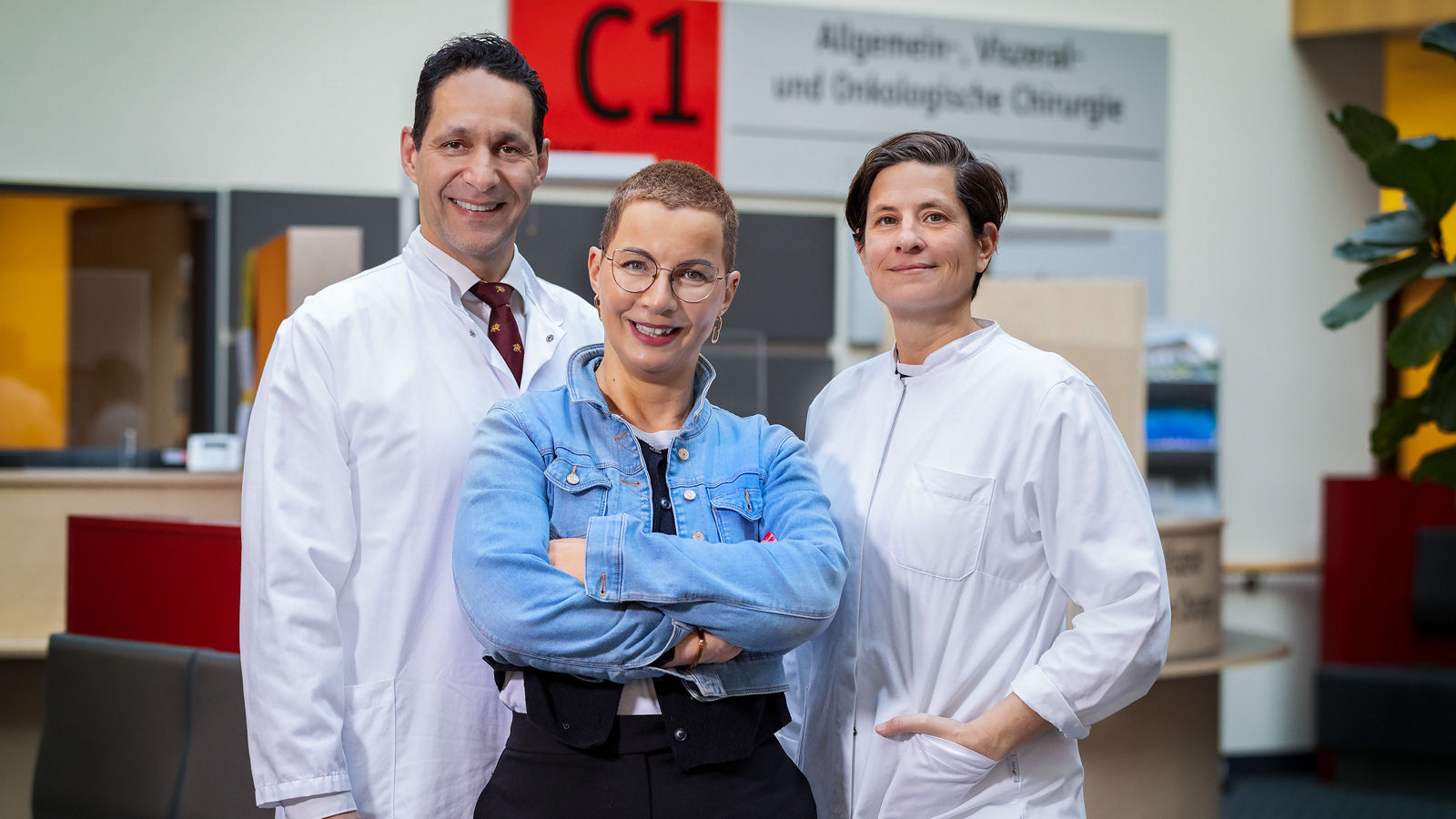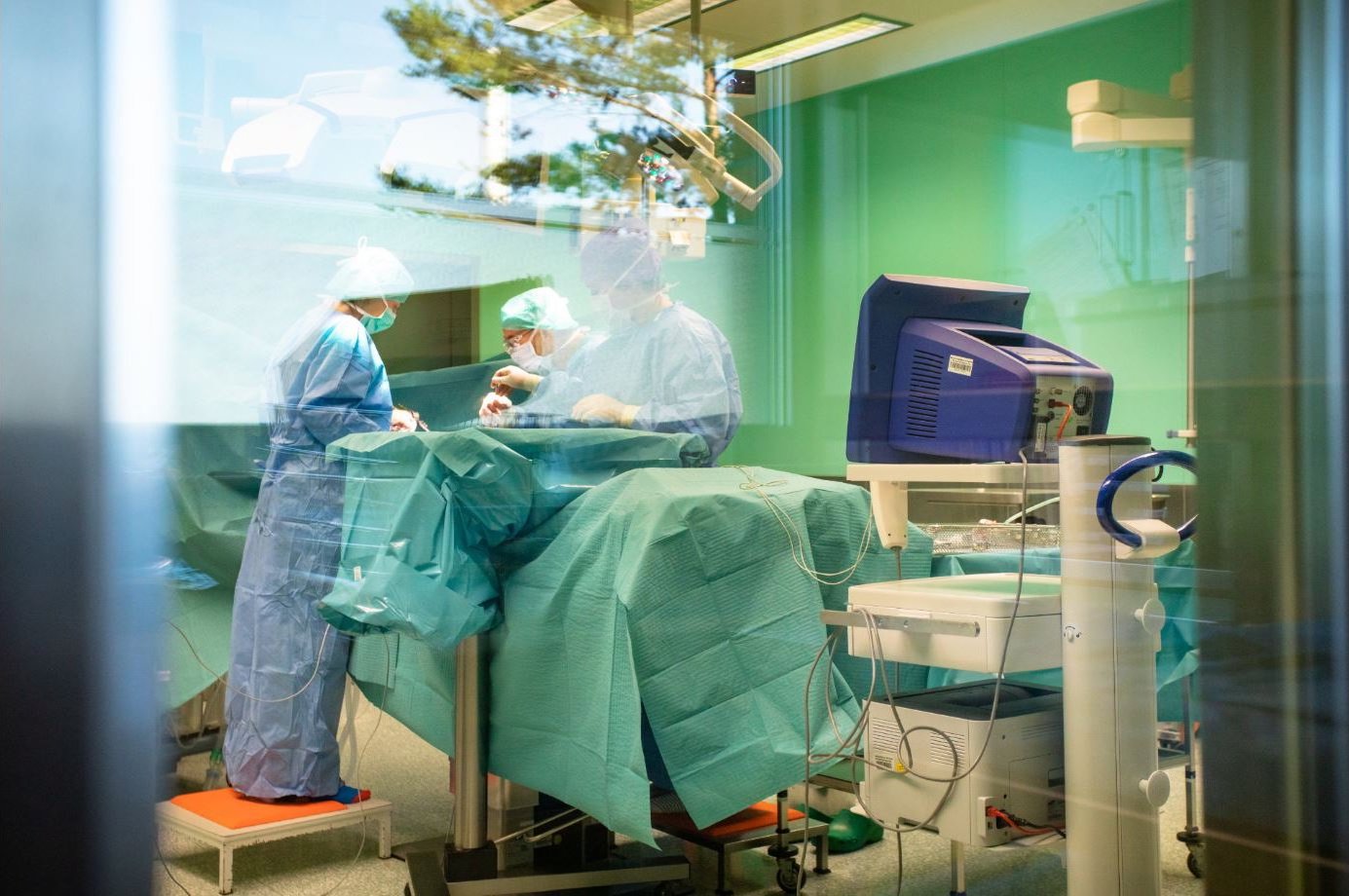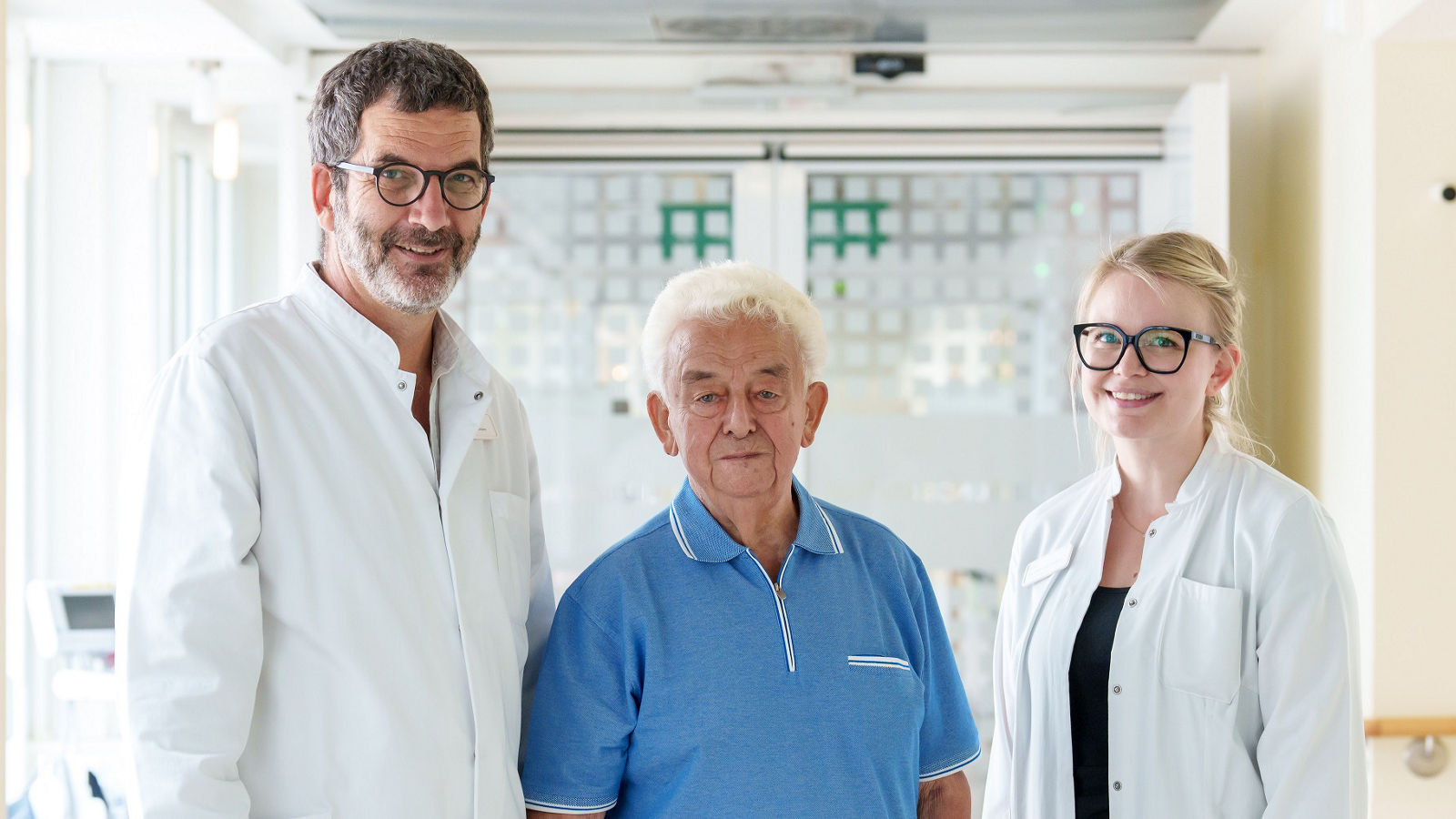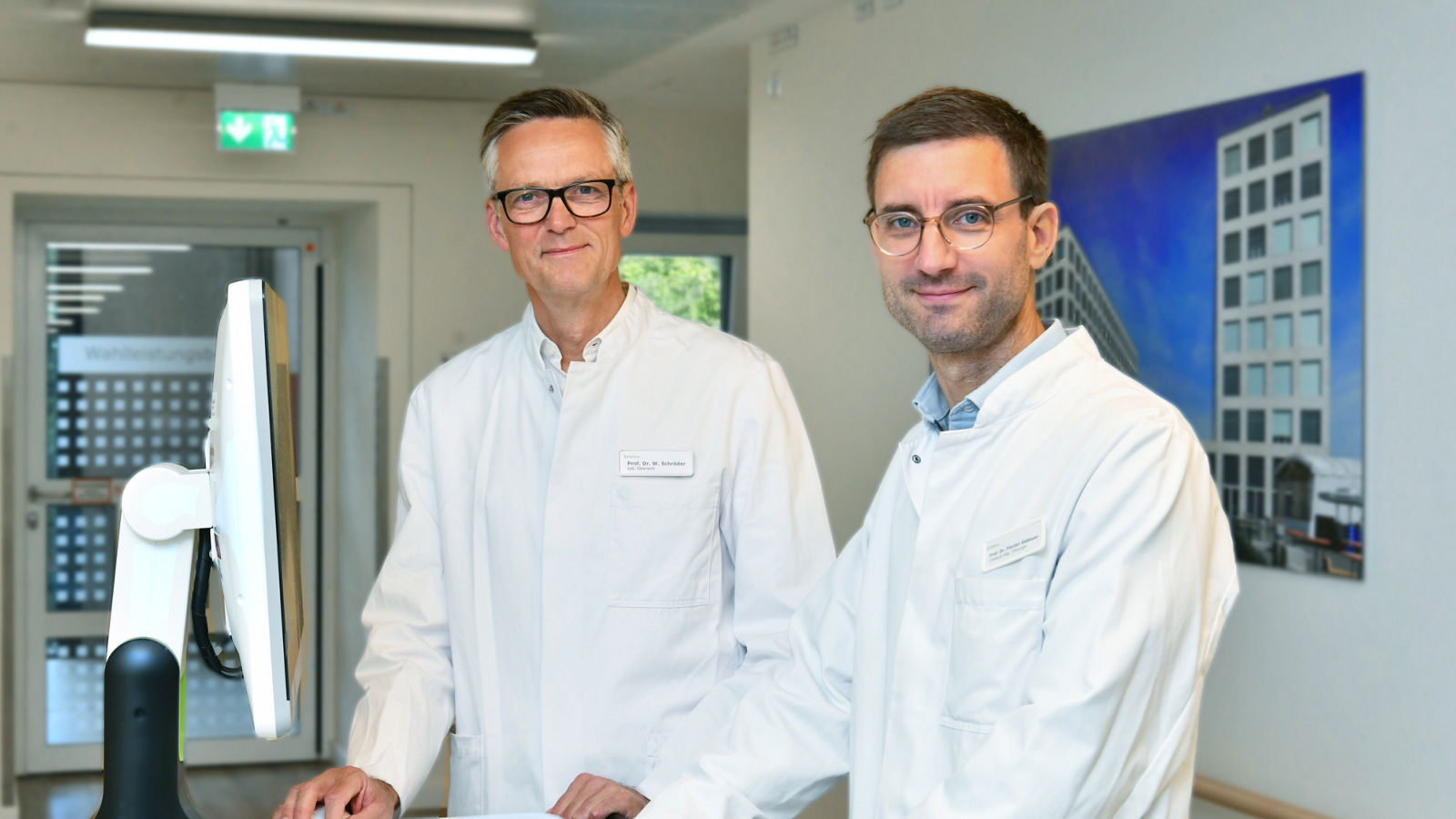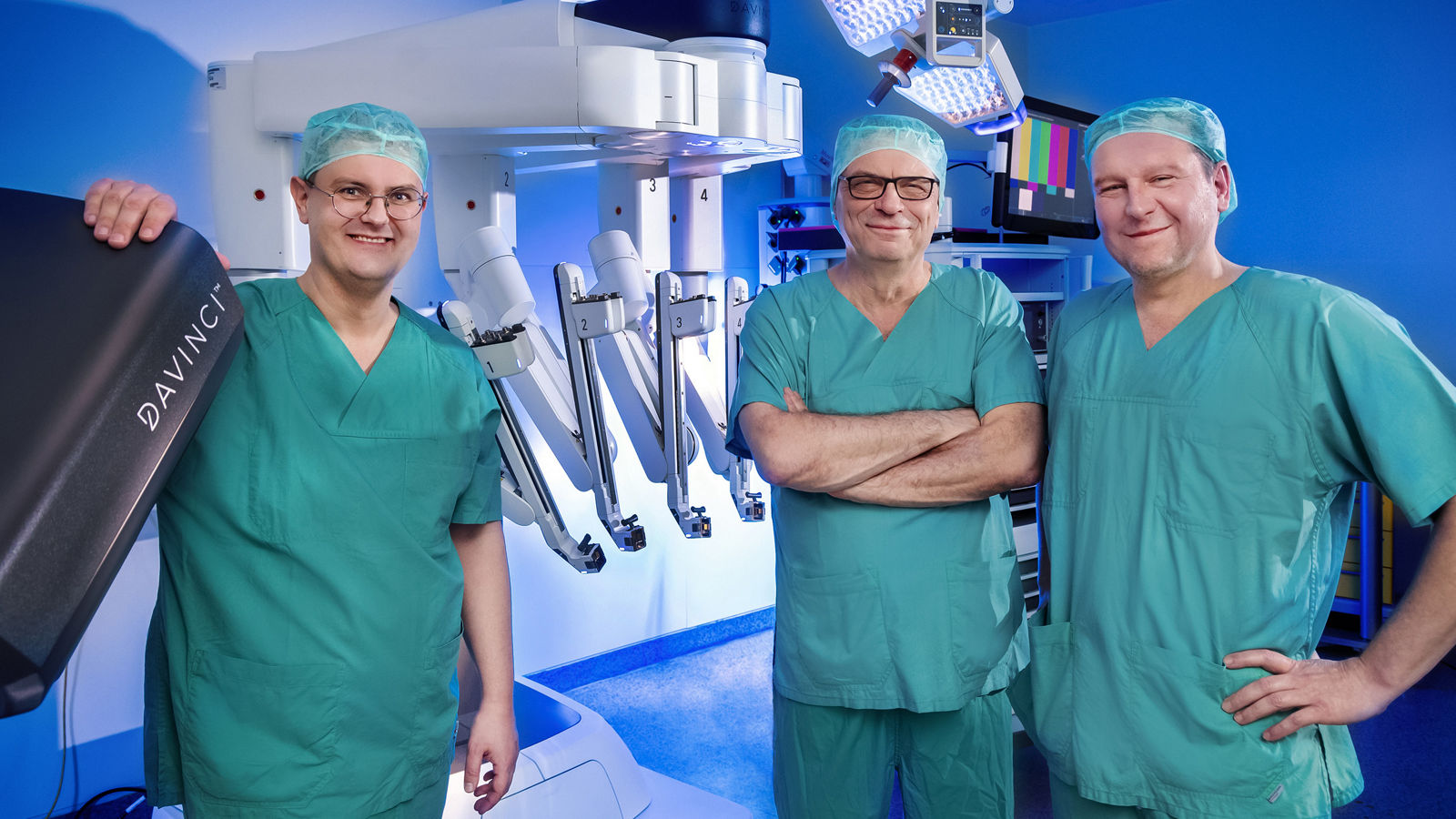
Helios Hospital Bad Saarow introduced da Vinci robot for gentle, safe and careful operations
With the introduction of the da Vinci Xi robotic assistance system earlier this year and the establishment of the Ost-Brandenburg Robotics Centre, Helios Hospital Bad Saarow is expanding its range of highly specialized medical services and consolidating its position as a leading medical facility in the region.
The aim of the robotics center at Helios Hospital Bad Saarow is to use innovative technologies to ensure the highest possible level of patient safety and perform extremely precise medical procedures. At the heart of the center is the new da Vinci Xi, a state-of-the-art robotic assistance system specially developed for surgical applications. The da Vinci Xi provides surgeons with unprecedented precision and control during minimally invasive procedures.
Precise robot assistance under human control
The da Vinci robot is used for various surgical procedures. It consists of a console at which the surgeon sits, an operating table and a control panel with control elements. The da Vinci does not perform the surgical steps itself; the surgeon's hand movements are transmitted to fine devices.
Thanks to the high-resolution 3D view and the movable instruments, which are inserted through tiny incisions, complex operations can be performed with minimal trauma for patients.
The robot provides the surgical team with an enlarged view of the surgical field and allows them to work much more precisely than with conventional techniques. It can also work in regions that other minimally invasive or open systems would only be able to reach with considerable effort. Patients benefit from robot-assisted surgery through reduced pain, less blood loss, faster wound healing and shorter recovery times.
Da Vinci: Unlimited precision in urology, surgery and gynecology now united in one center
At the Ost-Brandenburg Robotics Center, specialists from several specialist areas make use of the da Vinci Xi robot. These include urology, general, visceral and thoracic surgery and gynecology in order to offer patients innovative, minimally invasive surgery at the highest level.
"Cancer patients with tumors on the internal organs in particular benefit from this precise surgical technique. Our primary goal in tumor surgery is precision and tissue protection. Minimally invasive robot-assisted surgery plays a key role in this. In the field of urology, it is already the most commonly used method for the most frequently performed procedures such as prostatectomy and is also increasingly being used for kidney, ureter and bladder cancer. The robot is also regularly used for reconstructive and plastic surgery of the urinary tract."
- PD Dr. med. Tobias Klatte, Chief Physician Clinic for Urology, Head of the Uro-oncology Centers | Helios Hospital Bad Saarow.
Dr. med. Joachim Böttger, Chief Physician at the Clinic for General, Visceral and Thoracic Surgery, emphasizes the other advantages of robot-assisted surgery:
"Robot-assisted surgery enables a faster recovery in many respects. Thanks to minimally invasive approaches, we can operate extremely precisely and comfortably. The tiny instruments, which can be rotated by more than 360 degrees, offer flexibility and precision that exceed the capabilities of a human hand."
Pawel P. Morawski, head physician at the Clinic for Gynecology and Obstetrics, who also uses the system in the field of gynecology, adds:
"In particular, we will perform robot-assisted hysterectomies, oncological operations and complex pelvic floor procedures. This is a significant advance in gynecology that will enable our patients from the region to receive exclusive, state-of-the-art care."
Advantages of surgeries making use of the da Vinci robot at a glance:
- Maximum security
- Highest precision
- Maximum protection
- Less blood loss
- minimally invasive
- Faster wound healing
- External cuts max. 2 cm
- Shorter hospital stay
- Shortened duration of anesthesia
How is the da Vinci Xi surgical robot structured?
The da Vinci Xi consists of a surgeon's console, a computer tower and a patient trolley. At the surgeon's console, the surgeon controls the instruments, which are attached to the patient trolley. The control is communicated via the computer tower, which operates between the components. The surgeon uses the control console to operate the four arms and the video tower.
The surgeon controls the robot's arms in real time using his hand movements. The principle of the da Vinci Xi is based on the so-called master-slave assistance system. The robot cannot perform any independent movements. Instead, it is the surgeon's extended arm.
How safe is an operation with the DaVinci Xi?
Robot-assisted surgery stands for maximum safety. The robot does not perform any independent movements. Instead, it is dependent on the surgeon's commands and actions. If the surgeon breaks contact with the console, for example, the da Vinci Xi also stops working immediately (master-slave assistance system).
How does robot-assisted surgery work?
With the da Vinci system, all instruments are guided minimally invasively into the abdominal cavity via the smallest incisions: The decisive innovation is that the surgeon's hand movements are transmitted to the surgical instruments with the highest precision, completely free of tremors, in all degrees of freedom and with 10-fold 3D magnification.
The system works via intelligent remote control of miniature arms in the operating area by the surgeon. The surgeon places two fingers of each hand in loops and can thus operate "as usual". The surgeon determines the view via a camera controlled by the foot pedal. As with a surgical microscope, the surgeon can choose to enlarge the surgical site.

